
It’s Christmas 2020 in Nosara. A young woman struggles to get out of the water but the strong waves prevent her from doing so. Ellen Bradley and several people on the beach can’t do anything but watch helplessly. None of them have the knowledge or the equipment needed to rescue her.
Now, almost five months later, Ellen is president of Nosara Ocean Safety (NOS), a community initiative that came about because of the frustration felt that Christmas day. The group’s aim is to keep the beaches of Guiones and Peladas safe for locals and tourists. Together with the Nosara Firefighters, they have trained more than 120 people in rescue techniques in just three months.
“So the mission was to create an immediate response on how we can educate, prevent and help create rescue plans in the place,” Ellen commented.
One of the prevention measures that they began to implement was to place flags that indicate the danger level of the waves to indicate to tourists, locals and expats if there are dangerous currents or strong waves that put swimmers at risk that day.
Ellen remembers that at Christmas, when they witnessed the drowning, there were strong waves but no flags or educational material in sight. This was one of the first things they decided to change, and that they were able to accomplish through a fundraising campaign.
Now, those who visit Peladas y Guiones beaches can see a series of flags that Nosara Ocean Safety and the Nosara Firefighters installed together with community volunteers.
For years, Tamarindo was the only beach in all of Guanacaste that had lifeguards. Now, Samara does too, in order to increase water safety and tourism in the community.
What do these flags mean? Depending on conditions that day, people might come across one of these colors:
Yellow: Medium danger. There are moderate currents and/or waves. It’s not advisable for inexperienced swimmers to go in the water. Those who go in should exercise greater care and caution.
Red: High risk. There are difficult conditions such as strong winds, strong currents and/or big waves. It’s not advisable for swimmers to go in the water.
Double red: The water is closed to the public although the beach is still open. Ocean conditions are so dangerous that going in the water can cause serious injury or death. A double red flag can also indicate the presence of sharks and crocodiles.
More Than Putting up Flags
“When people see a red flag, they come up to you and say ‘Hey, what does that flag mean? What’s going on? Can we swim? ‘At least now they’re a little forewarned,” said Carlos Mendieta, Nosara CR Surf School owner and instructor.
In addition to warning people on the sand, Mendieta and other surf instructors received free training to be able to perform water rescues in a safe way.
The rescue team is made up of a group of surf and swim instructors or just local people from Nosara who spend a lot of time in the water. While these people don’t perform the role of a lifeguard nor are they certified for that task, NOS’s idea is to guarantee that there is always someone present on the beach or in the ocean who knows how to respond to an aquatic emergency.
This measure is more than necessary in a community where these incidents are very frequent. Until very recently, the only beaches in the province with some kind of lifeguard watch were Samara and Tamarindo, even though data analyzed by the Observatory of Coastal Processes of the National University reveal that between 2001 and 2018, 10 people died from drowning at Guiones beach alone.
“One of our instructors had to get two children out who were swimming and were carried away by the current. All of this was in part thanks to the training since he learned to identify a little more who is having a bad time in the water,” added Mendieta.
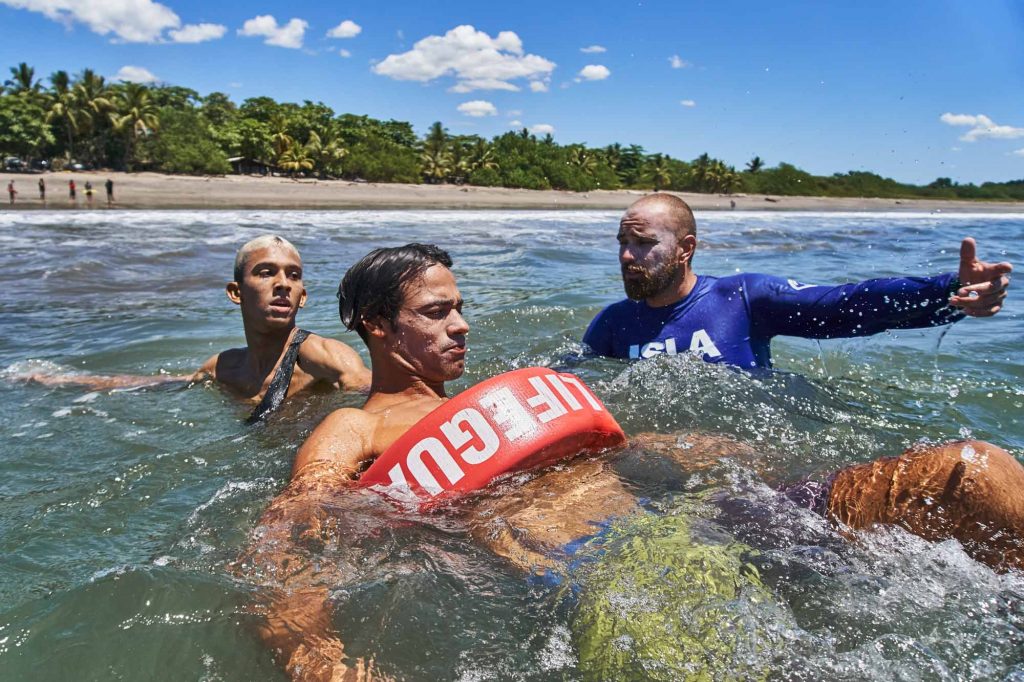
Nosara Ocean Safety has managed to train more than 120 people in rescue techniques in just three months. Credit: Giuseppe TerellaPhoto: Giuseppe Terella
To NOS’s water safety consultant, Anne Skøjth, one of the next goals is to educate and train the group in first aid and CPR to participate in more advanced and critical operations.
Anne was trained by the Danish Swimming Union, which is accredited by the International Life Saving Federation (ILS). She and Eduardo Cadet, who was trained by the Costa Rican Red Cross, are the ones in charge of the water safety training.
“Now we are inviting more foreigners or long-term residents that come from other countries and have more means to pay. We’re asking for a donation to be able to pay for training for more and more Ticos,” explained Anne. With these donations, they can also pay for the whistles and rescue tubes and boards that they need.
Although the training is important, she wants the whole community involved in prevention. That’s why they plan to produce educational material for hotels, surf schools and high schools.
Ellen, the NOS President, believes that living by the ocean comes with great responsibility. Whether surfing, swimming or just playing on the beach, people need to feel prepared and understand what ocean safety is.
“After experiencing a tragedy on Christmas Day here in Nosara, this beautiful light has grown from it. And I see NOS as a lighthouse beacon that will continue growing and illuminating our community,” she added.


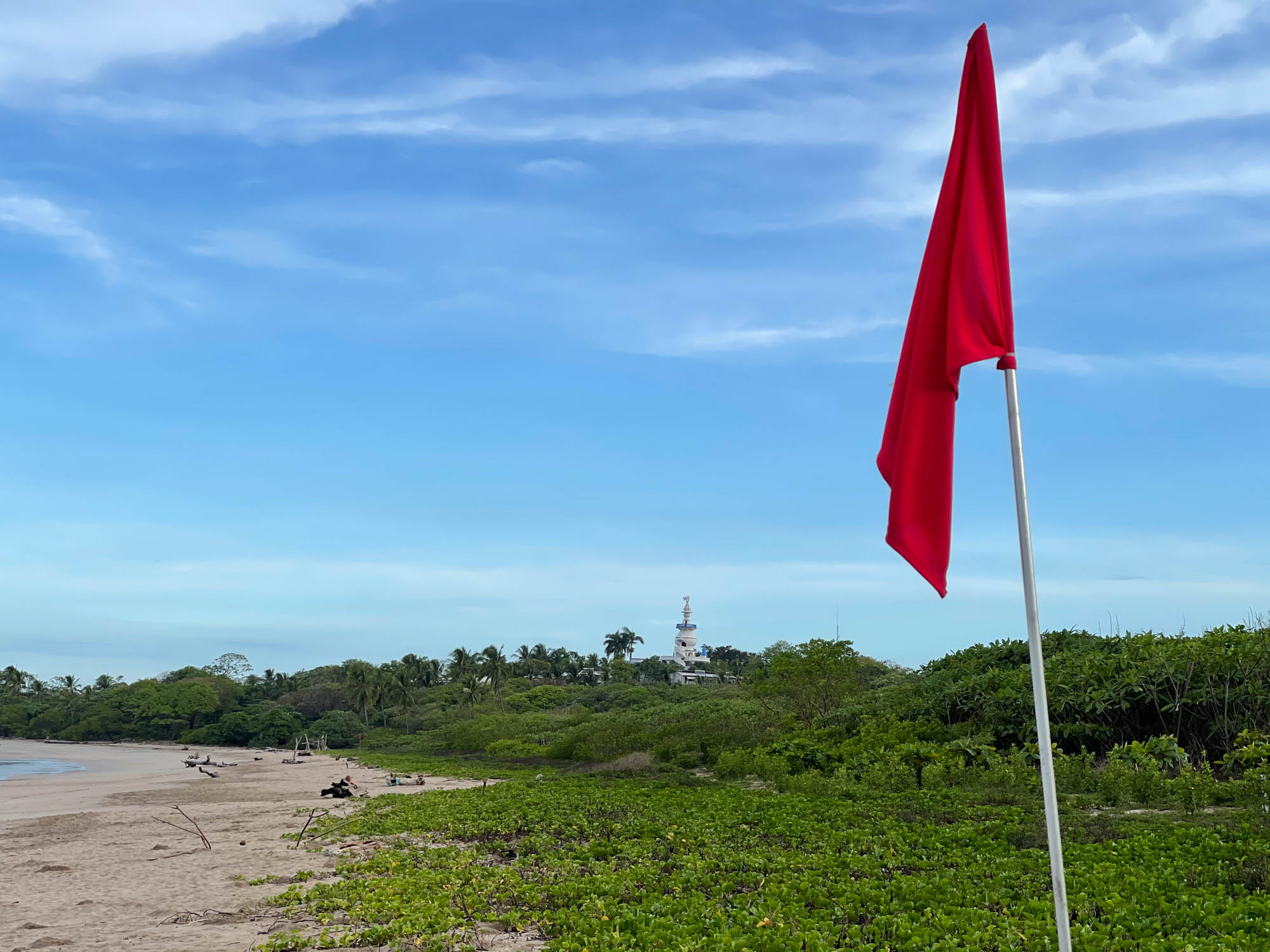
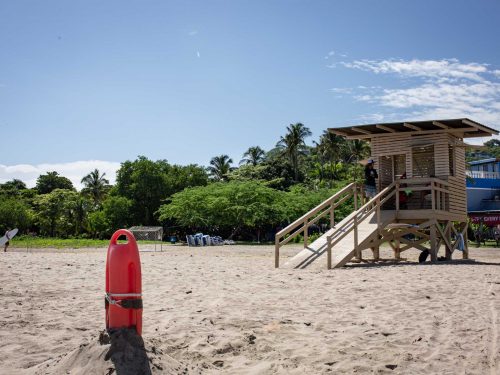
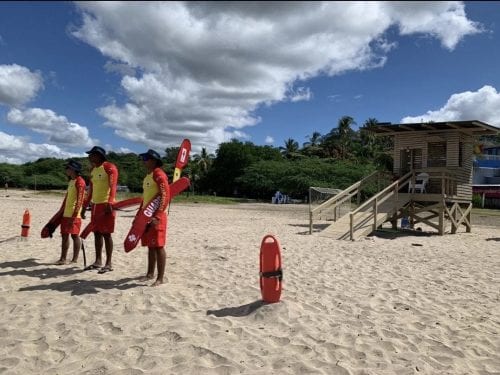
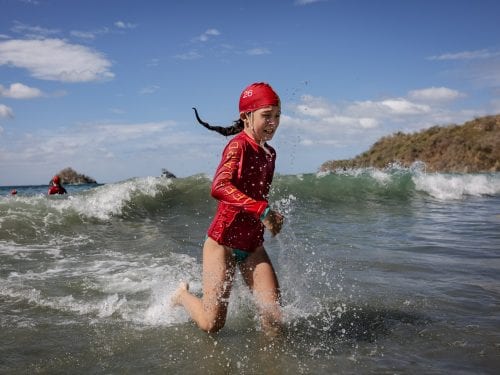

Comments